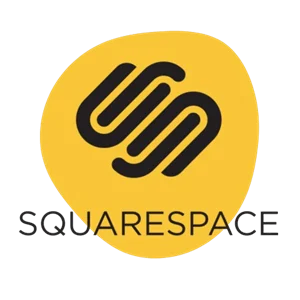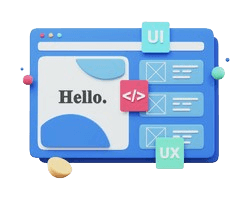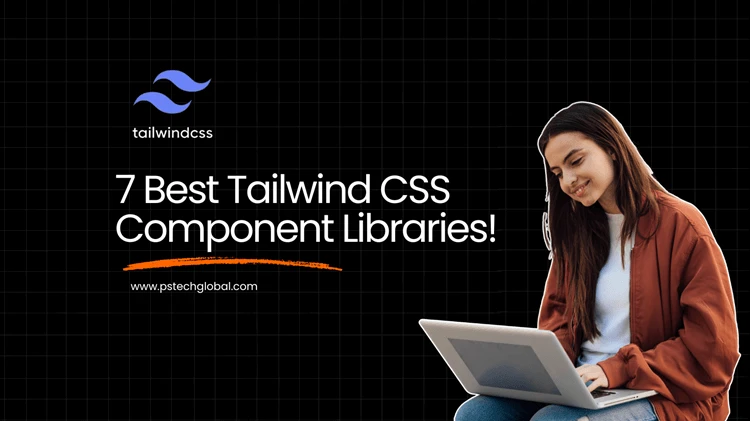As Tailwind CSS continues to dominate the utility-first CSS framework space, developers increasingly seek high-quality component libraries to accelerate their development workflow. These libraries provide pre-built components that maintain the flexibility and customization that makes Tailwind so popular.
Based on my experience working with numerous Tailwind projects, here are the 10 best Tailwind CSS component libraries available today:
1. Tailwind UI
Website: https://tailwindui.com/
Tailwind UI remains the gold standard, created by the same team behind Tailwind CSS itself. It offers professionally designed components with responsive behavior and accessibility built-in. While it comes with a price tag, the quality, documentation, and official support make it worth the investment for professional projects.
2. daisyUI
Website: https://daisyui.com/
daisyUI has established itself as the premier open-source Tailwind component library. It provides semantic component classes like btn, card, and dropdown while maintaining complete Tailwind compatibility. With customizable themes and color schemes, it strikes an excellent balance between abstraction and flexibility.
3. Flowbite
Website: https://flowbite.com/
Flowbite offers an impressive collection of interactive components built with Tailwind CSS and vanilla JavaScript. Its strength lies in providing complex interactive components like datepickers, carousels, and modals without heavy framework dependencies. The documentation includes examples for major frameworks like React, Vue, and Angular.
4. shadcn/ui
Website: https://ui.shadcn.com/
Not exactly a traditional library, shadcn/ui provides high-quality, accessible component code you can copy into your project. This approach gives you complete ownership of the code while maintaining a consistent design language. It's particularly popular in the React ecosystem and works seamlessly with frameworks like Next.js.
5. Preline UI
Website: https://preline.co/
Preline UI specializes in providing sophisticated UI components with a modern, professional aesthetic. It excels in dashboard interfaces, administrative panels, and data-heavy applications. The components follow consistent design principles while being highly customizable.
6. Headless UI
Website: https://headlessui.dev/
Created by the Tailwind team, Headless UI provides completely unstyled, accessible components for React and Vue. These components handle complex interactions and accessibility concerns while leaving styling entirely to you using Tailwind. It's perfect for developers who want behavioral functionality without design opinions.
7. Material Tailwind
Website: https://material-tailwind.com/
Material Tailwind combines Google's Material Design principles with Tailwind CSS utility classes. It provides both React and HTML versions of components that follow Material Design guidelines while leveraging Tailwind for customization. It's ideal for projects that want a Material aesthetic with Tailwind's workflow.
8. Tailwind Elements
Website: https://tailwind-elements.com/
Based on the popular Bootstrap components but rebuilt with Tailwind CSS, Tailwind Elements offers a familiar component API for developers transitioning from Bootstrap. It includes an extensive collection of components with detailed documentation and examples.
9. Meraki UI
Website: https://merakiui.com/
Meraki UI focuses on providing beautifully designed component collections for specific website sections like heroes, features, testimonials, and pricing. Rather than individual components, it offers complete section designs that work together cohesively, making it excellent for marketing sites and landing pages.
10. WindUI
Website: https://wind-ui.com/
WindUI emphasizes minimal, clean design principles with components that prioritize performance and accessibility. Its component API strikes a balance between flexibility and convenience, with excellent dark mode support and responsive behavior built-in.
Conclusion
The Tailwind CSS ecosystem continues to evolve with component libraries catering to different needs and preferences. When selecting a library for your project, consider factors like framework compatibility, level of abstraction, design aesthetics, and whether you need standalone components or complete section designs.
The best choice ultimately depends on your specific project requirements, team preferences, and development workflow. Many developers even mix and match libraries, using different solutions for different parts of their applications.
What are your experiences with these Tailwind component libraries? Do you have a favorite that wasn't mentioned? Let me know in the comments below!






























